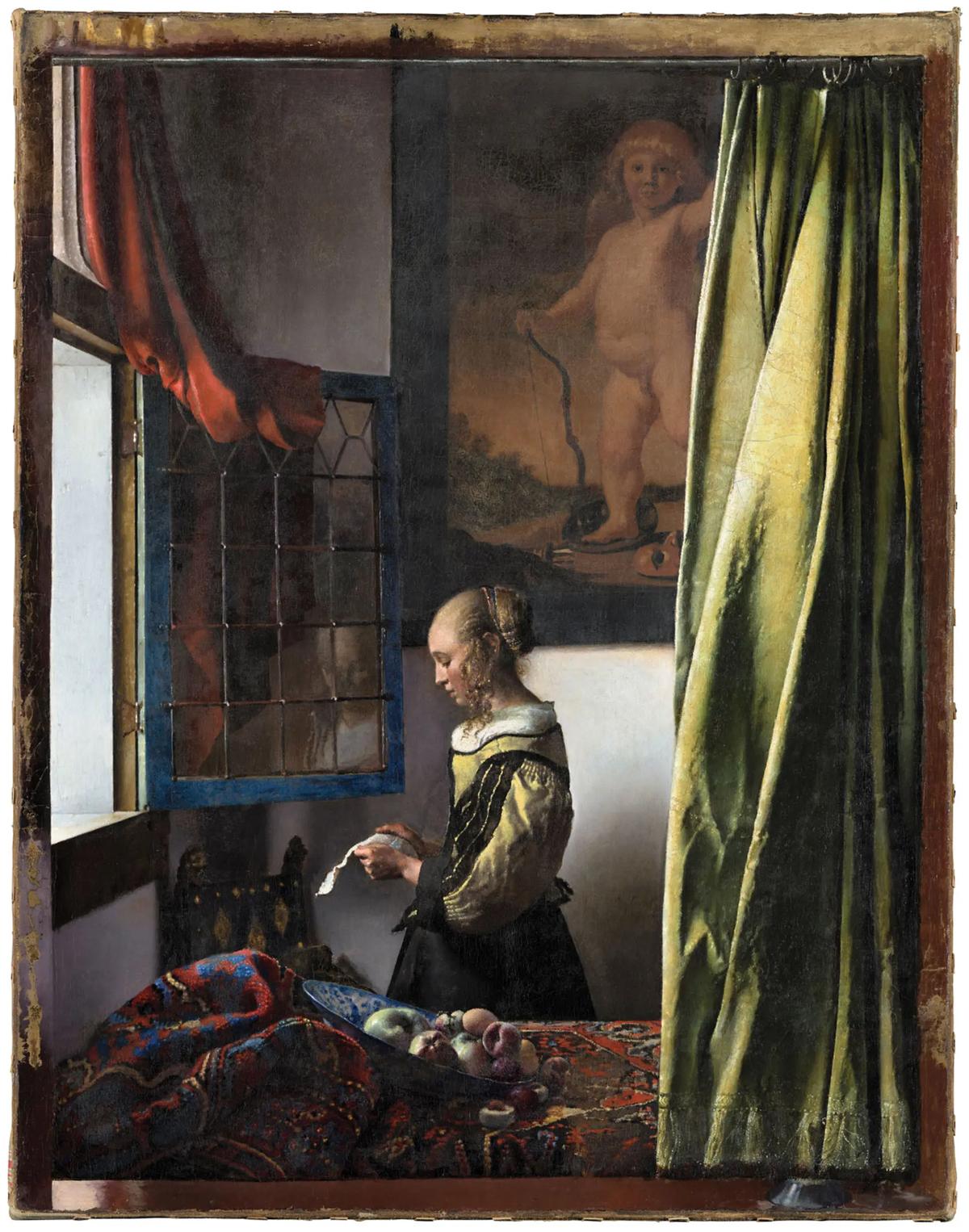An exhibition uniting ten paintings by Johannes Vermeer in Dresden is among the shows that have been forced to close until at least 12 December as a result of new restrictions aimed at stemming the spread of coronavirus in the eastern German state of Saxony.
Saxony is suffering the highest rates in the country, with a seven-day incidence rate approaching 1,000 infections per 100,000 people, unprecedented in Germany. Across the country, more than 45,000 new cases were reported yesterday. Health Minister Jens Spahn has warned that by the end of the winter, he expects “more or less everyone in Germany to be vaccinated, recovered from coronavirus, or dead.”
Saxony is the first German state to close museums in the fourth wave of the pandemic; it has also banned Christmas markets and required restaurants to close at 8pm. German Chancellor Angela Merkel has warned tougher restrictions are needed nationwide to counter the devastating winter wave.
The Austrian government has already implemented more stringent measures, compelling museums, cafes, restaurants and non-essential shops to close until at least 12 December.
The exhibition at Dresden’s Gemäldegalerie Alte Meister, Johannes Vermeer. On Reflection, was twice postponed before opening in September because of the pandemic and cannot be extended beyond 2 January, according to a statement from the Dresden State Art Collections. A version of the show is to open at the Tokyo Metropolitan Art Museum on 22 January, then travel on to three further stops in Japan—Sapporo, Osaka and Sendai.
Marion Ackermann, the director of the Dresden museums authority, says the closure was “very regrettable” but “unavoidable.”
“The situation for people in Saxony is dramatic,” Ackermann says. “We must stand together as a community. That means restricting public life but also quickly increasing the proportion of vaccinated people.”


